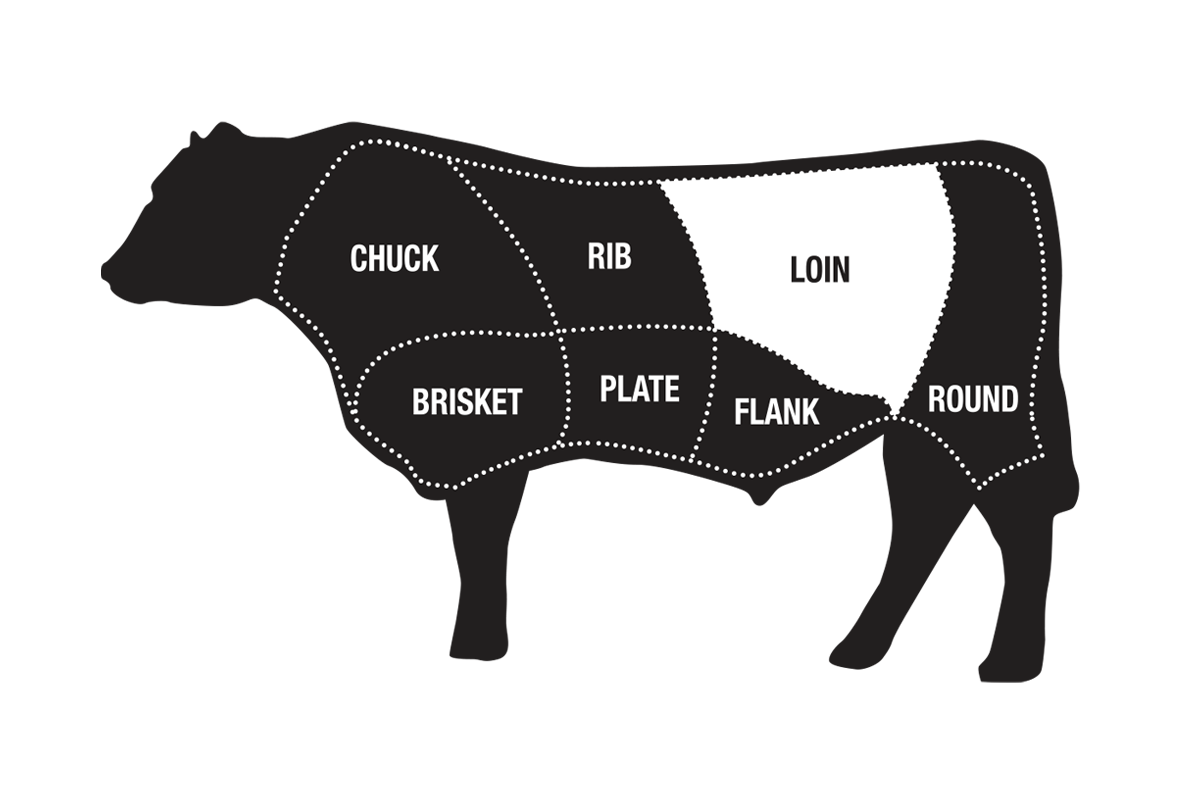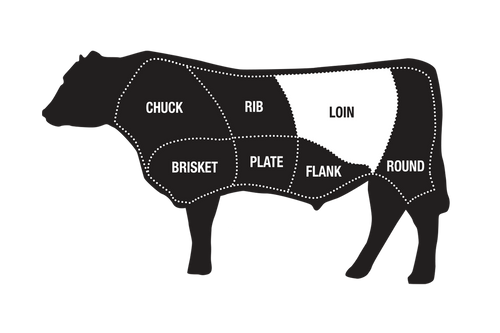Wagyu Dry-Aged Porterhouse
American Wagyu
A special SRF Black® Porterhouse steak skillfully aged for 30 days or more. Each steak is full of uncompromising flavor and hand-cut for an enticing appearance. Average weight is 32 oz.
Pioneers of American Wagyu
Cut by Master Butchers
Dry-Aged for 30+ Days
Our dry-aged SRF Black® Porterhouse heightens this classic steak to something truly exceptional. Each hand-cut Porterhouse showcases the rich, fine marbling and hearty flavor unique to our American Wagyu beef and adds the buttery aroma and intense flavor from our exacting dry-aging process. At two full pounds, this steak adds culinary drama to your table and is large enough to serve two or more.
Snake River Farms dry-aged beef represents a higher echelon for our American Wagyu steaks. Our partner, Prime Food Distributor, uses their proprietary method with strict protocols and quantifiable standards at every stage. Sub-primal cuts are aged in a climate controlled environment for a minimum of 30 days.
Average weight: 32 oz.
Snake River Farms beef grades start at USDA Prime, the top grade on the USDA scale. The majority of SRF beef is marbled well beyond this level. To grade SRF, we use a 12-point Beef Marbling Score (BMS), which measures marbling that exceeds the USDA scale.
SRF Silver® - BMS of 4 to 5. Marbling comparable to USDA Prime.
SRF Black® - BMS of 6 to 8. Significantly more marbling than USDA Prime.
SRF Gold® - BMS of 9 to 10. Dramatically more marbling than USDA Prime.
SRF Gold Plus™ - BMS of 11 to 12. The highest marbling available from Snake River Farms.

Details
Our dry-aged SRF Black® Porterhouse heightens this classic steak to something truly exceptional. Each hand-cut Porterhouse showcases the rich, fine marbling and hearty flavor unique to our American Wagyu beef and adds the buttery aroma and intense flavor from our exacting dry-aging process. At two full pounds, this steak adds culinary drama to your table and is large enough to serve two or more.
Snake River Farms dry-aged beef represents a higher echelon for our American Wagyu steaks. Our partner, Prime Food Distributor, uses their proprietary method with strict protocols and quantifiable standards at every stage. Sub-primal cuts are aged in a climate controlled environment for a minimum of 30 days.
Average weight: 32 oz.
Cooking Tips
Beef Grading
Snake River Farms beef grades start at USDA Prime, the top grade on the USDA scale. The majority of SRF beef is marbled well beyond this level. To grade SRF, we use a 12-point Beef Marbling Score (BMS), which measures marbling that exceeds the USDA scale.
SRF Silver® - BMS of 4 to 5. Marbling comparable to USDA Prime.
SRF Black® - BMS of 6 to 8. Significantly more marbling than USDA Prime.
SRF Gold® - BMS of 9 to 10. Dramatically more marbling than USDA Prime.
SRF Gold Plus™ - BMS of 11 to 12. The highest marbling available from Snake River Farms.







